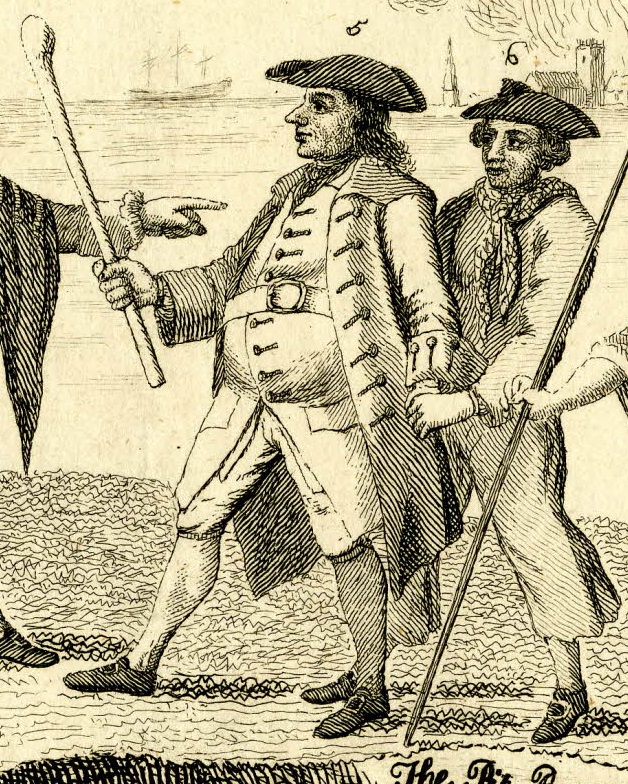

Thompson have partly conceded this point by claiming that policy had to take some cognizance of the interests of the urban poor because of their capacity to riot, a form of anticipated reactions directly relevant to, for example, the Roman Empire, but also to the United States and United Kingdom in our own times in respect of people who do have the right to vote.

Customers can be individuals, personas, groups of people or machines. If the non-party’s interests are the same as those of a named party in the action, the court may deem that he was virtually represented and thus bound by the judgment. Twentieth‐century social historians like E. A slang term used to describe a virtual representation of reality implemented by means of virtual reality software. 4: Digital twin of a customer (DToC), a subset of DToP, is a dynamic virtual representation of a customer that simulates and learns to emulate and anticipate behavior. Legal doctrine that allows a non-party to be bound by the judgment in an action he was not involved in. That the disenfranchised were virtually represented in Parliament was an argument often put by opponents of franchise reform in England in the nineteenth century. The essential idea of virtual representation is that one can be represented by a decision‐making process without being able to vote for those who make the decisions.


 0 kommentar(er)
0 kommentar(er)
